As you all consistently improve in your knowledge of German handwriting (way to go!), I wanted to discuss some more advanced facets of the script that can sometimes trip people up. Below are five different aspects of the handwriting to watch out for as you decipher your German documents:
1. Umlaut Variations

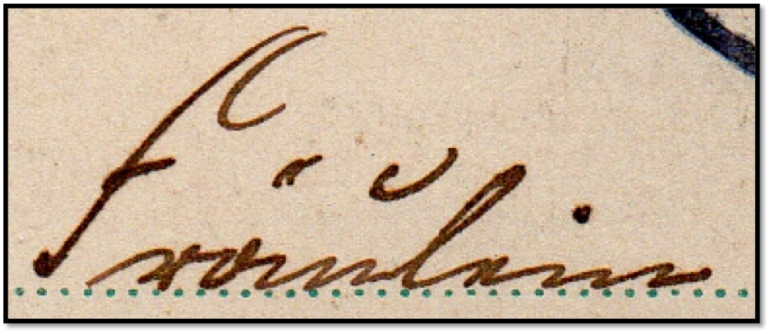
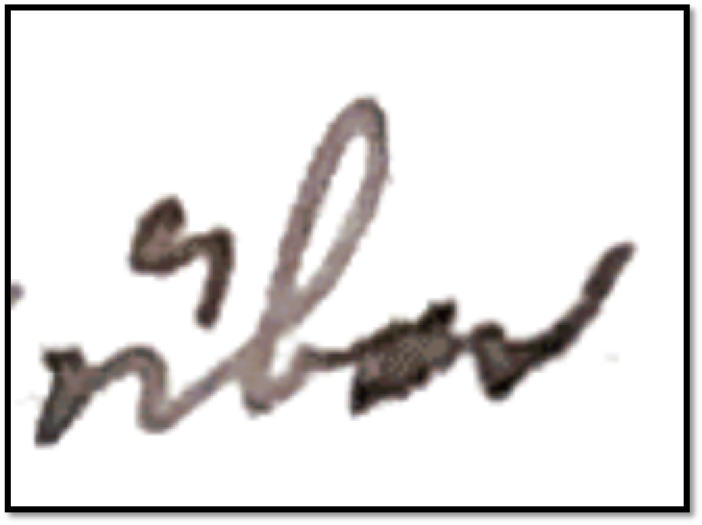
2. Letter Combinations
As you get more advanced with the handwriting, it’s helpful to be able to sight-read certain letter combinations. Here are some of the most common below. Once you memorize these, your deciphering task will become much easier!



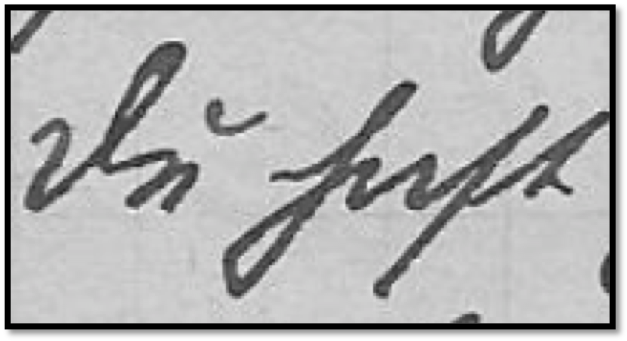
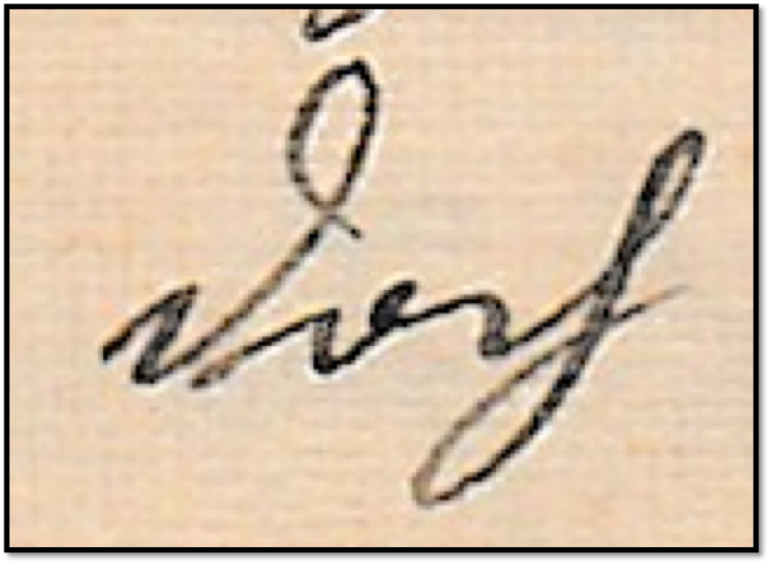
3. Tricky Letter Mix-Ups
There are many letters that can get confused with one another, but two pairs that often get ignored and are just as tricky are:
- a and o
As you can see above, the “o” should end with a hook to the right, while the “a” should flow directly into the next letter. However, if the scribe does not bring his final line of the “a” down to the line, these two letters can be very trick to tell apart (as seen in the words “amtlich” (official) and “Sontag”[sic] (Sunday) below).
- g-p
Notice where the circles are on these two letters. The “g”‘s circle is to the left of the bottom loop, while the “p”‘s circle is to the right. That is one of the only ways to tell these two letters apart. See an example of “g” and “p” in “-gens” (the end of the word “morgens”, meaning “in the morning” and the word “spät” (late) below.
For more tricky letter pairs, see Six Need-to-Know Letter Swaps When Deciphering Your German Documents.
4. Old-Fashioned Spellings
Even if you can decipher the word itself, those old-fashioned spellings can sometimes trip us up. The three most common old-fashioned spellings in German to be aware of are:
- Extra h (you may see this in words such as “verheirathet” (married) or “Monath” (month).
- “ey” instead of “ey” (you may see this in words such as “seyn” instead of “sein” (to be) or “bey” instead of “bei” (preposition).
- “I” instead of “J” (you may see this in very old documents, in words such as “Iahr” instead of “Jahr” (year).
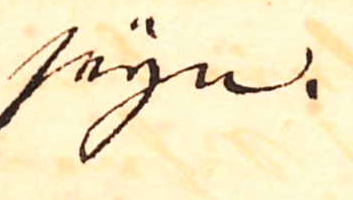
5. Denglisch (Deutsch – English)
Sometimes in the past, especially for those German ancestors in America, you may see your author combining German and English – by writing English words with German spelling patterns. Therefore, it is important to be aware that:
1) this did happen semi-frequently, and if a word doesn’t make sense in German, consider the fact that it might be an English word with German spelling
2) Germans frequently mixed up certain letters in spelling. See Think Like a German: Spelling Variations in Genealogy Documents for more information on specific spelling variations.


I hope that these advanced tips help you as you continue with the old German script. Good luck!


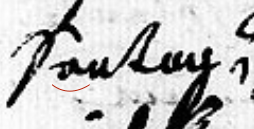




2 Responses
Thank you for these. They are helpful reminders. The “blendi” reminds me of a moment many years ago in the grocery store when an elderly gentlemen chuckled as he showed me his grocery list. His German wife had written “vipping cream” and he thought it was so cute, he just had to show it to someone.
Jo
This is really helpful. Thank you.